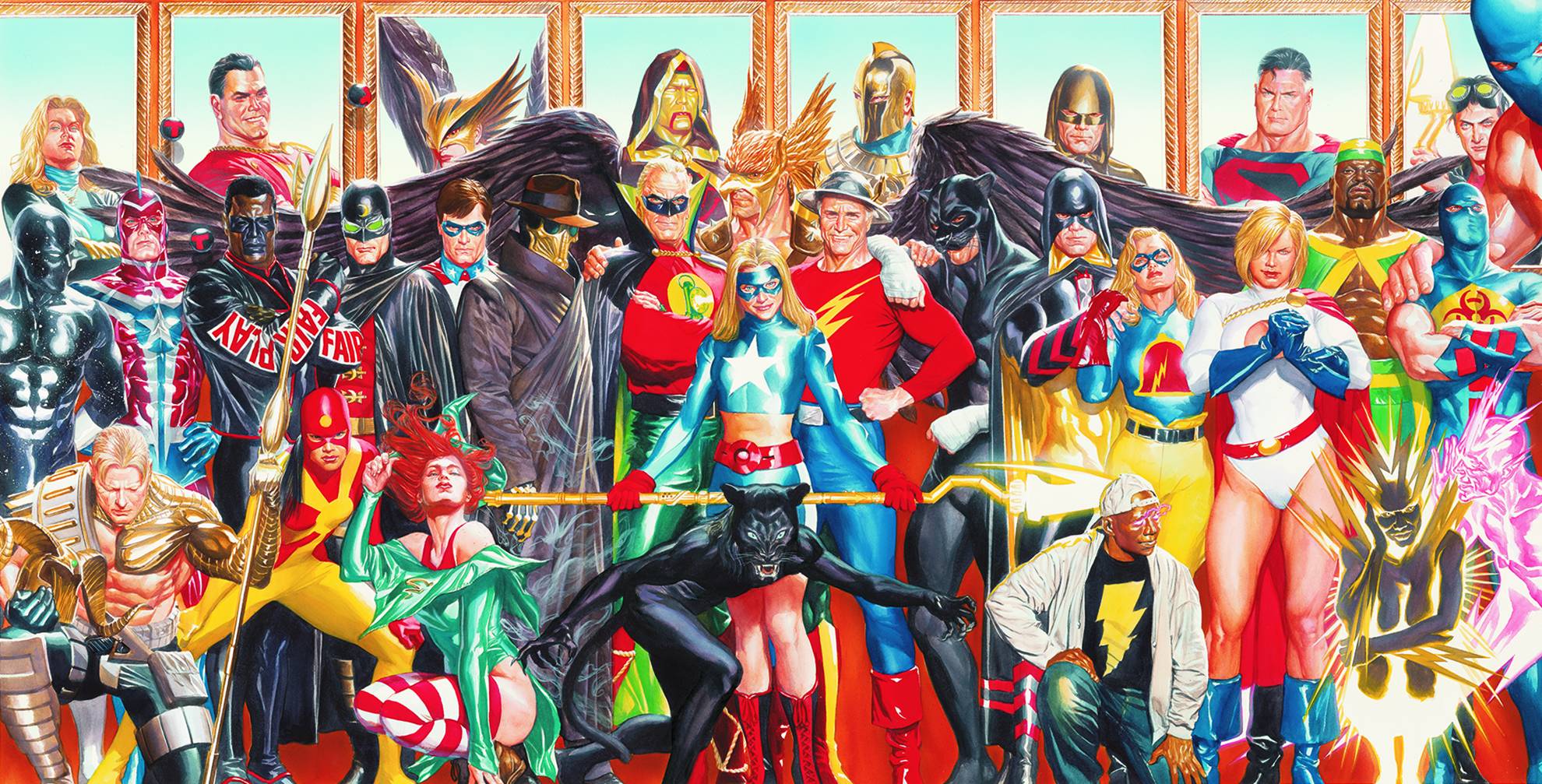

The series does a good job establishing the JSA as a collection of individuals, and doesn’t shy away from showing the mixed feelings that would likely come from their, shall we say, unique situation.

Whereas Ted Grant, Wildcat, seems eternally grateful for this new chapter, Pratt can’t share in his joy. He doesn’t have a family, nor does he have a business to return to. The various members are all handling this situation differently, with the married heroes having the easiest time adjusting.Īl Pratt, the Atom, seems the most frustrated by the new status quo. The JSA are trying to find a way to be productive heroes in a world that has, more or less, passed them by. In a way, this book feels like a superhero Jackie Brown, a film that is all about folks getting older but still being able to thrive. It’s a topic that isn’t covered quite often in superhero comics. The series, on a whole, is about aging, and trying to find purpose later in life. Strazewski, overall, fares much better here, though not without a little weirdness thrown in. That series didn’t really break too much new ground, and there were parts that bordered on creeper territory with the way the other characters talked to Black Canary. Strazewski wrote the prior volume of “Justice Society of America,” which took place in 1950, and we discussed last week. Midnite, Wildcat, Starman, the Sandman, Johnny Thunder, Hourman, Johnny Quick, Hawkman and Hawkgirl–returns from their decades long exile in a secret dimension! However, life back in the DC Universe isn’t the same: new heroes, new villains and new challenges abound!

The original Justice Society of America lineup–The Flash, Green Lantern, the Atom, Dr. Inked by Mike Machlan, Matt Banning and Jeff Albrecht


 0 kommentar(er)
0 kommentar(er)
